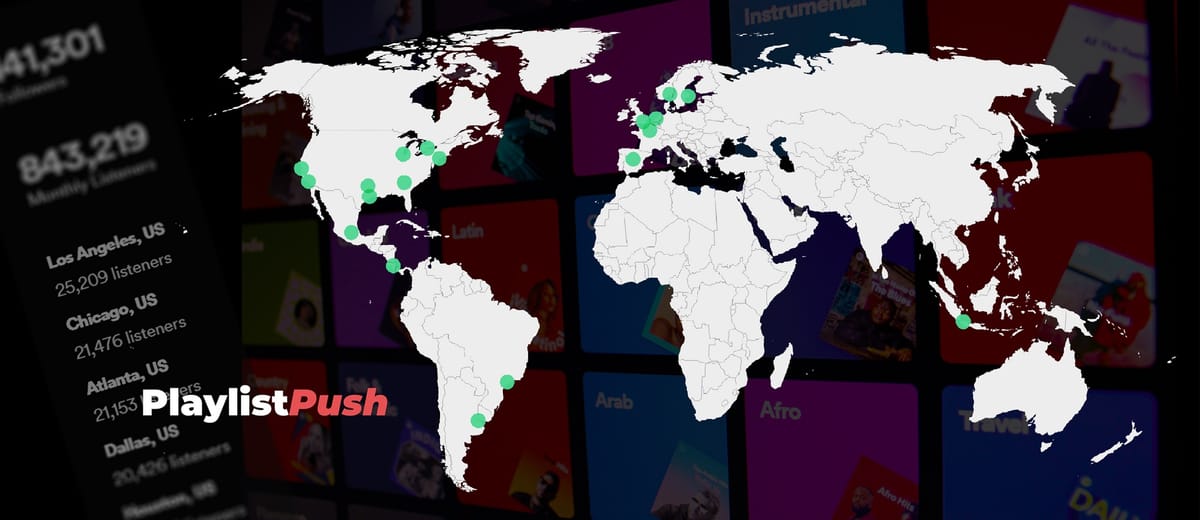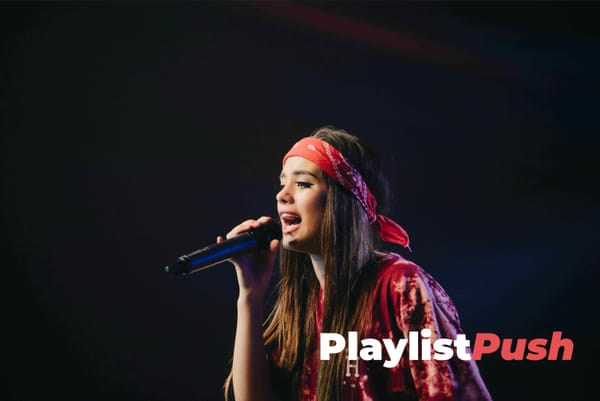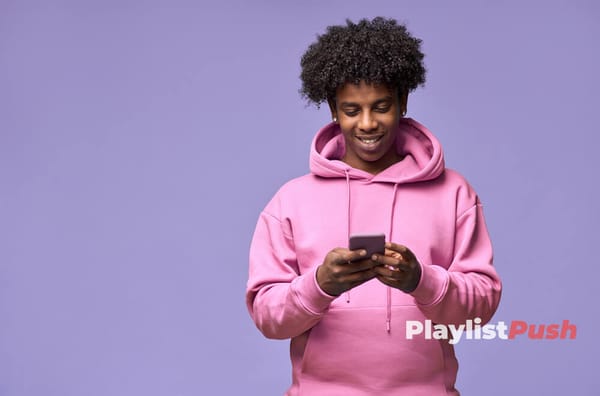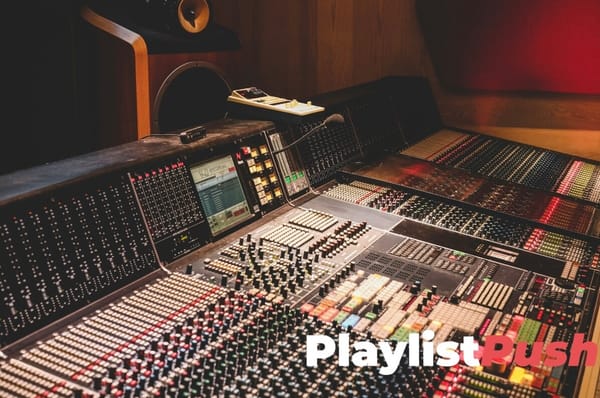Top Cities Can Make or Break Your Spotify Growth (2024 Update)

You’ve probably already heard about botting.
You also probably know that Spotify shows your Top Cities to other users in the About section of your artist profile.
But did you know that Top Cities can also suggest whether an artist account is positioned toward growth, stagnancy, or in danger of being removed? Aside from showing where you get the most listens, Top Cities can actually be a signal on the consumption habits of your music. Before you can analyze them as such, you need to be acquainted with two types of cities in the context of music streaming:
- Trigger Cities
- Bot Cities
Once you understand the concepts of Trigger Cities and Bot Cities, you can use this knowledge to make an informed judgement on the “health” of your artist profile and avoid bad practices.
Trigger Cities
This concept first appeared as a small independent study by Chaz Jenkins, who found that Latin American and South/Southeast Asian “trigger cities” tended to engage with new or emerging artists more rapidly than in the United States or the UK, even if the artists hailed from those areas. Trigger Cities were then explored in a series of blog posts by Chartmetric’s Jason Joven and aimed to expand on Jenkins’ findings. Joven found that these unlikely cities had high rates of consumption along with low advertising costs, entirely led the charts for consumption on YouTube and still shut out major cities in the United States and the UK for Spotify streams. Some of the top Spotify-streaming cities in the world include Mexico City, Quezon City, and Jakarta.
Why is this important to note?
If you’re unfamiliar with the names of Spotify’s lucrative Trigger Cities, you may mistake them for...
Bot Cities
Botting has become a major issue in the streaming age and platforms are stepping up their mitigation of robotic behavior, which is utilized to “blow up” an artist’s popularity and listenership metrics for various reasons. Bot farms can be geolocated at unusual locations such as Buffalo, New York, and Piscataway, New Jersey, which are not known music market cities but may show up as a high percentage of the artist’s monthly listeners. Conversely, bot streams can also be coming from major cities where the most listeners are to be expected, such as Los Angeles, Chicago, and Atlanta. Luckily, there are other tell-tale signs of botting that can be observed while investigating an artist’s profile for organic growth (TJ touches more on bot signals here).
How do artists’ accounts get botted?
Some artists will voluntarily pay for a service that promises the growth of some kind of metric, such as followers, plays and monthly listeners on Spotify. They may also pay for a “guaranteed” spot on playlists. These services are bad for artists because:
A) Fake streams ruin your artist algorithm and can severely stunt your platform growth
B) Pay-for-placement playlists are largely built off of bots themselves
C) Botters and the artists paying them are violating Spotify’s Terms of Service, which can lead to getting tracks deleted and even having your account banned
Embracing Trigger Cities, Avoiding the Bots
Is it possible to spot the difference between Trigger Cities and Bot Cities on an artist’s Top 5?
While some cities are very recognizable as Triggers and others as Bots, unfortunately it is difficult to be certain whether they are legitimate or not without context and consideration of other metrics - although certain cities can be very telling signals. Santiago, Chile is a known Trigger City, but it is still suspicious for 30% of an artist’s Monthly Listeners to stream from there if the artist is an Irish Drill rapper. On the other hand, breakout pop star Olivia Rodrigo's current Top City is Jakarta, and since we recognize that A) Jakarta is one of the top Trigger Cities, B) it only makes up 2% of her Monthly Listeners, and C) Rodrigo is an Asian-American artist from an internationally popular genre, we can assume her growth is legitimate.
You can apply this knowledge to your own profile by taking a look at your Top Cities - where are they? Is your style of music popular in those areas, and have you engaged with those locations organically in some way?
How can I avoid bots? Can I still utilize playlisting?
The best way to avoid bots is to say no to services that guarantee a specific volume of growth, or in the case of playlisting, guarantee a placement. Playlist Push upholds two important principles: that the playlists in our network are curated with high quality, and that getting placed in them benefits the artist - all in consideration of the Spotify algorithm. Our team utilizes a mix of software analytics and hands-on analysis to make sure there are no botted playlists in our network, which means that your placements will only benefit your growth on Spotify.
Common Questions:
How can artists measure the impact of trigger cities on their overall Spotify growth?
Artists can analyze their streaming data to see if there's an uptick in listens and followers after gaining popularity in a trigger city. This can be assessed using Spotify's analytics tools to track changes in listener demographics and engagement.
Are there specific strategies artists can use to target trigger cities?
Artists can target trigger cities by understanding the local music preferences and engaging with listeners through localized marketing strategies, social media engagement, and potentially collaborating with local artists.
How can artists differentiate between organic growth and bot activity when looking at their top cities?
Monitoring your analytics for sudden, unexplained spikes in streams from a specific location or an unusually high number of streams that don't correlate with other engagement metrics like follows or playlist adds.
Looking to Promote Your Music?
Use our Spotify Playlist Promotion or TikTok Music Promotion service.





